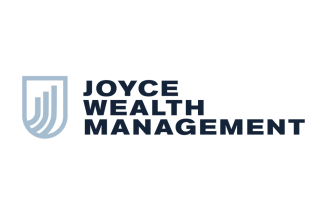
Market Update: Irrational Exuberance… 28 Years Later
Greenspan’s famous Irrational Exuberance remarks were uttered Thursday evening, December 5, 1996. The international equity markets plunged as Greenspan spoke. The drop continued the following morning as the US stock market opened.
Interestingly, after the initial kneejerk reaction by investors, the markets then continued to rally another three years and three months, or so. In fact, the S&P doubled between December 1996 and March 2000 when hitting a record high of 1500, before correcting. So much for Irrational Exuberance…
Looking back over the last 28 years, much has happened. There were some rough patches along the way – especially 2000 – 2002, along with late 2007 – March 2009. Even so, over the last 28 years since Greenspan spoke, the S&P 500 is up some 8 times, the Dow approximately 7-fold, whereas the NASDAQ is up approximately 15 times. Granted, not everyone has a 28-year time horizon. Nonetheless, there are lessons to be learned from this experience.
A few observations:
• Compounding returns and time tend to make things work out longer-term.
• The Chairman of the Federal Reserve likely has access to more financial data than just about anyone. Nonetheless, he called the market high some three years early and perhaps more importantly, just before returns doubled. Perhaps this call was the antithesis of Keynes’ remarks that “markets can remain irrational longer than you can remain solvent.”
• Currently, the market looks a bit rich. But, like in the past, will it appear that way later? How about 8, 20, or 28 years from today? Do you think the markets will be the same, higher, or lower? History suggests the markets will be much higher.
• The S&P 500 is currently trading at approximately 22 times forward earnings. This is rich compared to the 5 and 10-year forward averages of 19.6 and 18.1 times forward earnings, per FactSet.
• However, the multiple might not be as high as it initially appears if lower taxes, and less costly regulatory oversight, come to fruition, resulting in higher corporate earnings. Potentially increased M&A activity could also support a higher market.
• The wild cards however, include a pick-up in inflation due to increased stimulus, possibly higher tariffs, and a more expensive workforce at a time when labor is in demand. And, of course, there are always geopolitical risks.
• Thinking of the wisdom of Art Cashin who passed away, this week. One of his comments “Never bet on the end of the world, because it only happens once…” come to mind. Cashin’s words ring true today as they did when he first spoke them.
• At times, it is all about timing. If your investment time horizon is short, or should your risk parameters change, then raising cash might be warranted. However, for longer-term investors, any pullbacks will normally appear to be merely blips on a chart, when looking back over the long run.
Looking forward to what the next 8, 20, or 28 years, and even beyond, hold for the markets, and for each of us. As always, here if you need anything. Thank you for your interest and for the opportunity to work with your life savings.
